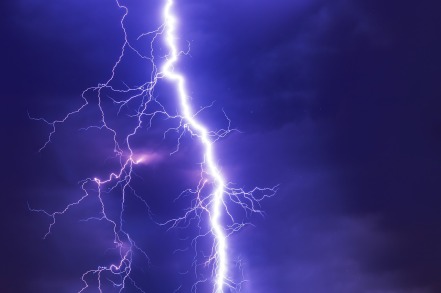I had a plan this week, but it required five minutes of preparation, and that was five minutes more than I had, so this is what we did instead.
What You Need:
- Some way of choosing dynamics* randomly, such as:
- Index cards with various dynamics on them (students draw a card)
- Index cards with various dynamics on them and a bottle (lay them out on the floor and play spin the bottle)
- A page assigning various dynamics to numbers 1-6 and one die.
- A page with the dynamics written on it and a spinner in the middle
- A blank die that you write the dynamics on
*I used pp, f, ff, crescendo, diminuendo, and wild-and-crazy.
Setup:
- None
How to Play:
- Have the student choose a review song or even a section of a review song. Play through it first to make sure they still know the notes.
- Select the first dynamic by spinning, drawing, rolling, or whatever.
- Play the review song again with that dynamic.
- Wild-and-crazy means they should change up the dynamics a lot throughout the piece.
- Select a new dynamic and go again.



